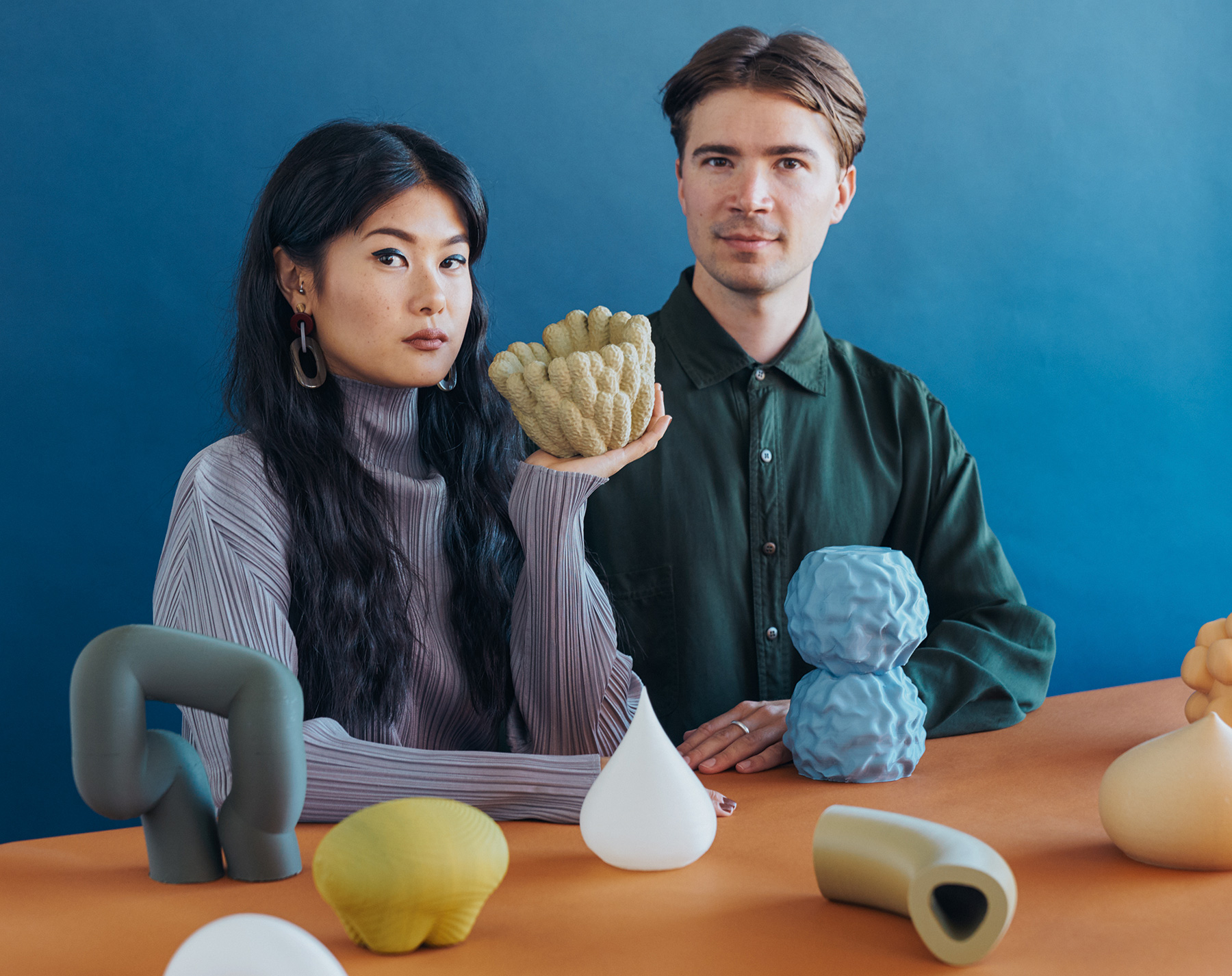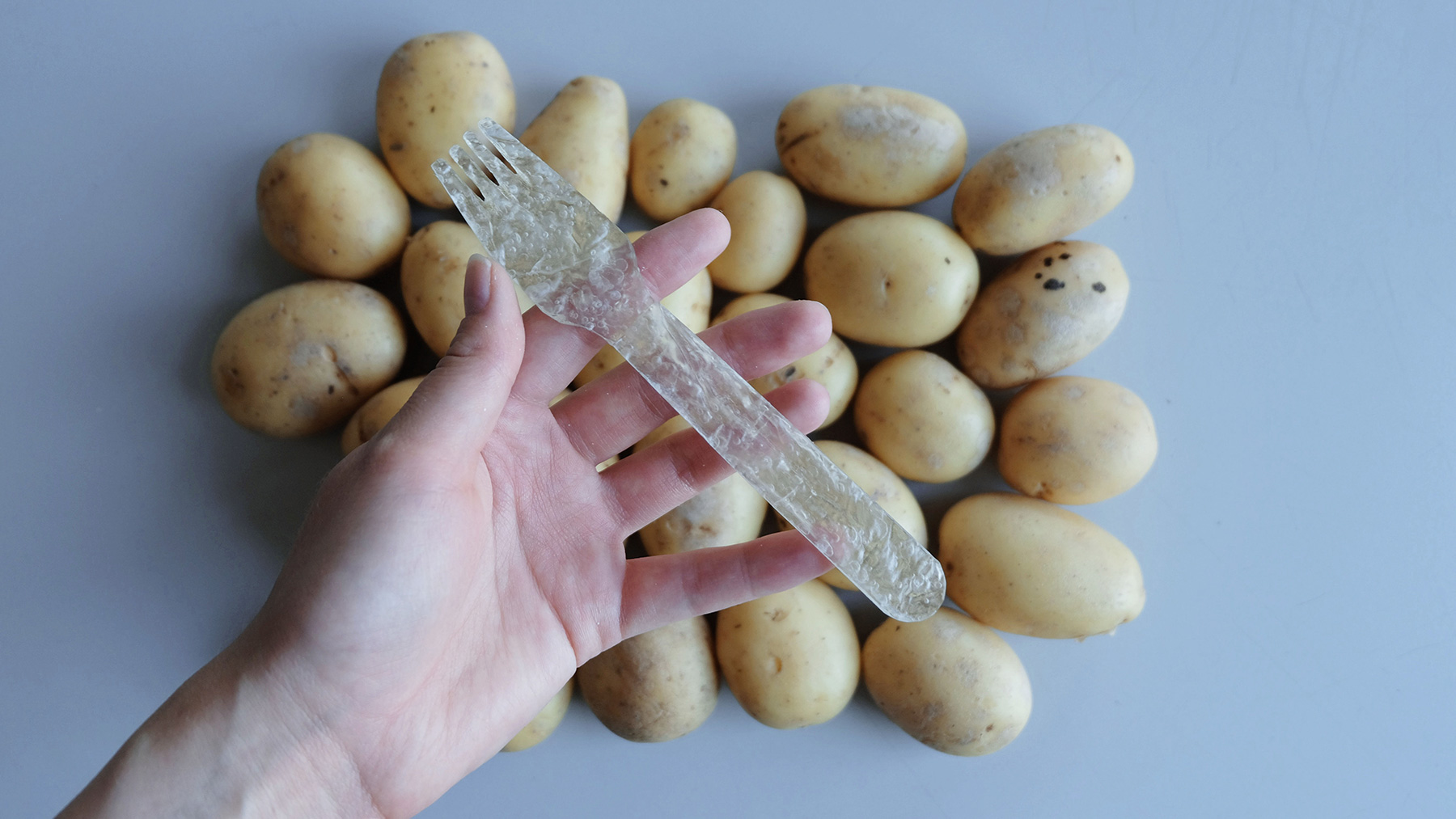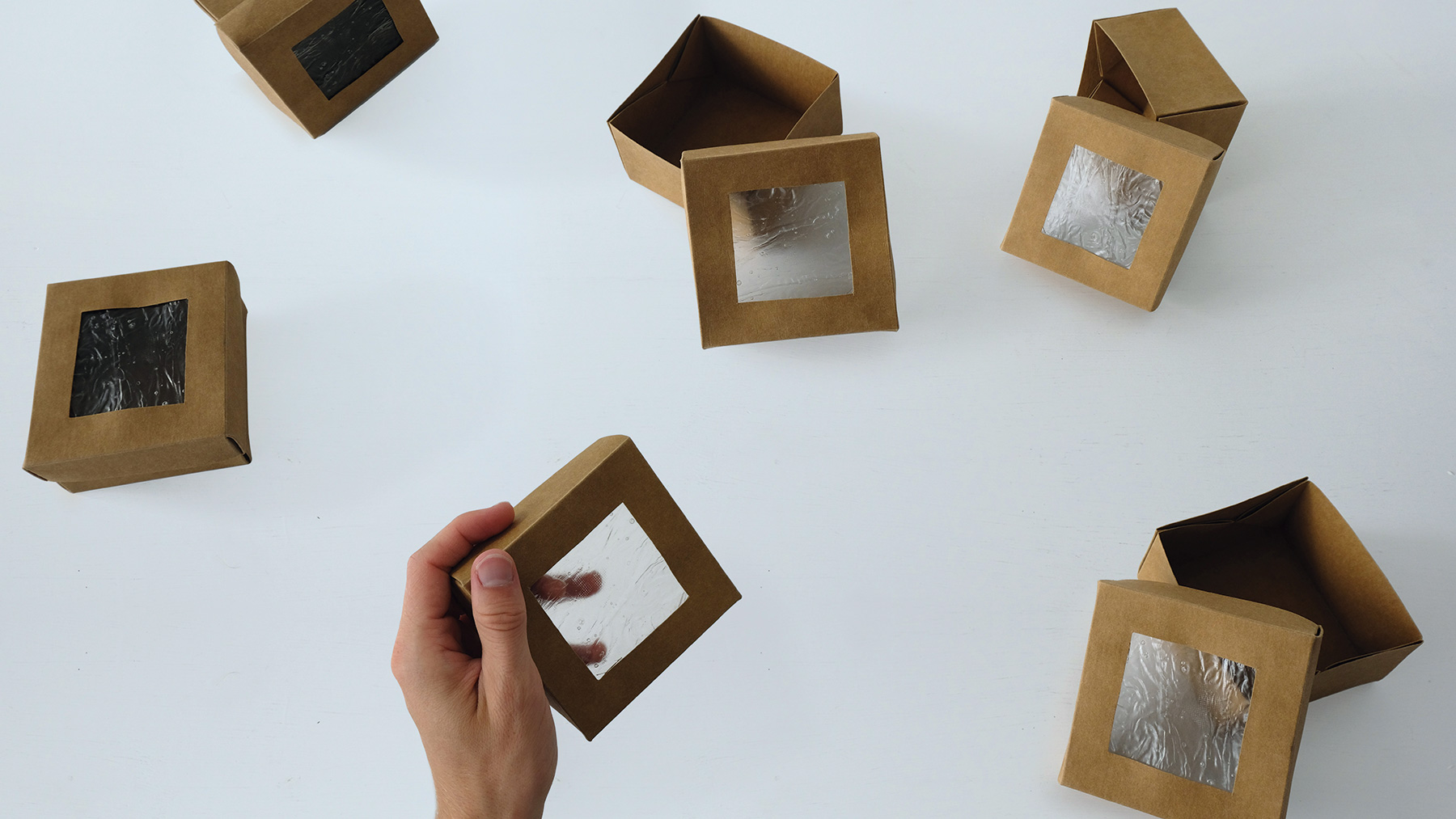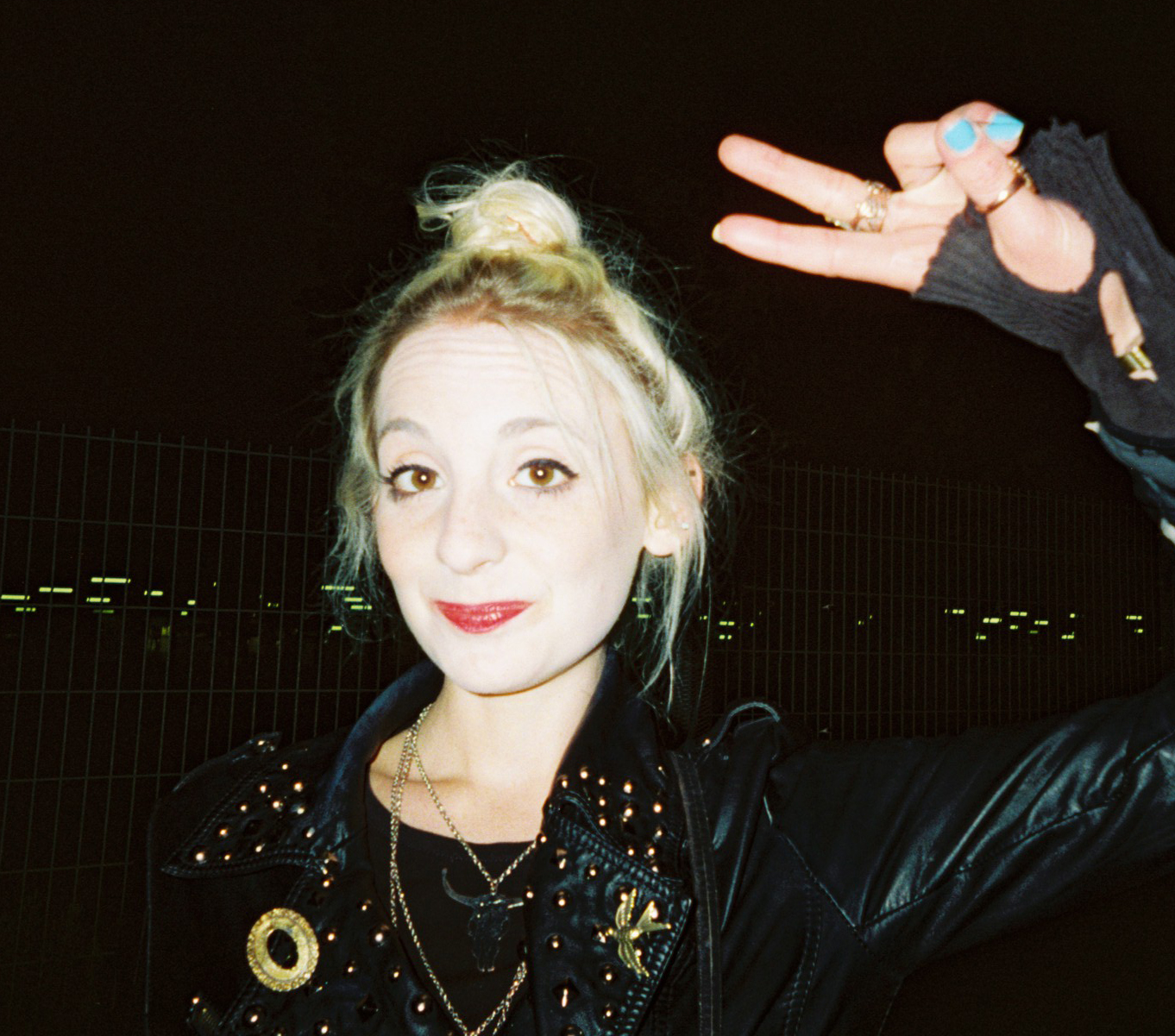8 inspiring graphic design game-changers
These are the individuals shaping the design world of the future.
Wang & Söderström

Wang & Söderström is a Copenhagen and Malmo-based art and design practice formed by spatial and furniture designer Anny Wang and architect Tim Söderström. The studio merges 3D software and animation, with a focus on materiality to explore the potential of mixing the digital and physical to create – as they put it – “mind tickling and unexpected experiences”.
A recent project saw the duo create an animation for streetwear blog Highsnobiety, one that reinterpreted Peter Saville and Riccardo Tisci’s new pattern for Burberry into a gorgeous piece of moving image (below).
“When working with a brand, we already get an existing history and context that help us take creative decisions,” they tell us. “We are by no means technical professionals in the software we use, instead we try to see the learning curve in itself as a creative tool. The challenge in learning something new for us also pushes our work to unexplored places and doesn’t let it stagnate.”
Away from their commissioned client work, the duo also create a stunning range of 3D printed sculptures – strange little amorphous forms that seem at once like visions of a sci-fi future and relics of the past. Their shapes are organic, their colours wild and their overall aesthetic somehow surreal and magical.
“Materiality is such a physical thing that activates all senses. However in digital 3D and animation we are limited to our sight and hearing,” they explain. “The brain is so great at translating stuff into something it has experienced before, it wants things to make sense and put it into a space it recognises (the physical world), so it adds fake sensations of touch, smell and taste if it gets invited to do so.”

Polly Glass, co-founder of creative platform Wrap, finds the studio’s work endlessly “eye-catching and fascinating... It’s often hard to work out exactly what’s going on, and whether the images are photographs or digital artworks. The studio has a real talent for visualising and bringing concepts to life in a fresh, unique way. Whether it’s magazine cover designs, campaigns for Adidas sneakers or window installations for Selfridges in London, Wang & Söderström’s ability to apply its ideas and skills within 3D rendering to such varied projects, with brilliant results, is continuously exciting.”
Pontus Törnqvist

“There’s a growing market for and recognition of design for good,” says Design Week editor Tom Banks. “It will only get bigger exponentially as we hurtle towards our own destruction.” He might sound gloomy, but he’s not. This is partly thanks to the continued work of young designer Pontus Törnqvist, winner of the Swedish leg of 2018’s James Dyson Award and student of industrial design at Lund University.
Törnqvist’s potato plastic is a material made from potato starch fabricated into single-use items such as cutlery. Unlike normal plastic, it breaks down completely in under two months. “While these projects are sometimes seen to lack the glamour, which might warrant them more attention, this will surely change as social designers command a more equitable part of the design landscape,” says Banks.
Törnqvist began the project as part of his university course’s brief to look at the impact of the fast food industry on the environment. “Plastic is a great material in many ways,” he says, “but there is an ambiguity in using it for disposable products since it gives them the capacity to last for 450 years, whereas the period of use is most commonly around 20 minutes”.

The potato aspect started as a mistake. “I experimented a lot with seaweed and tried to find possible binders for it, and one of them was potato starch and water,” he explains. “I accidentally spilled some of the fluid, and later on I found that it had dried to a plastic-like film.”
Potatoes weren’t just perfect properties-wise, but also because so many of them are grown in his native Sweden. His focus is on local production and circular – rather than linear – production.
The product had to look good, too. Its “bubbly” appearance is, again, accidental, but “I think that’ll enhance the character of it,” he says, adding, “this is a low quality product simply because I have adapted the material’s quality to its purpose. They shouldn’t be used more than once: today’s disposable products are much too good for their purpose”.
Next page: Kristel Brinshot and Laura Coombs

Thank you for reading 5 articles this month* Join now for unlimited access
Enjoy your first month for just £1 / $1 / €1
*Read 5 free articles per month without a subscription

Join now for unlimited access
Try first month for just £1 / $1 / €1
Current page: Wang & Söderström and Pontus Törnqvist
Prev Page Astrid Stavro and Jonathan Castro Next Page Kristel Brinshot and Laura CoombsGet the Creative Bloq Newsletter
Daily design news, reviews, how-tos and more, as picked by the editors.

Emily Gosling is a freelance art and design journalist currently writing for titles including Creative Review, Eye on Design, Creative Boom and People of Print. She’s previously worked at Elephant magazine, It’s Nice That and Design Week, and was editor of Type Notes magazine. Her book Creative Minds Don’t Think Alike was published by Ilex Press in 2018, and she also plays bass as one-quarter of the eight-titted beast, Superstation Twatville.
